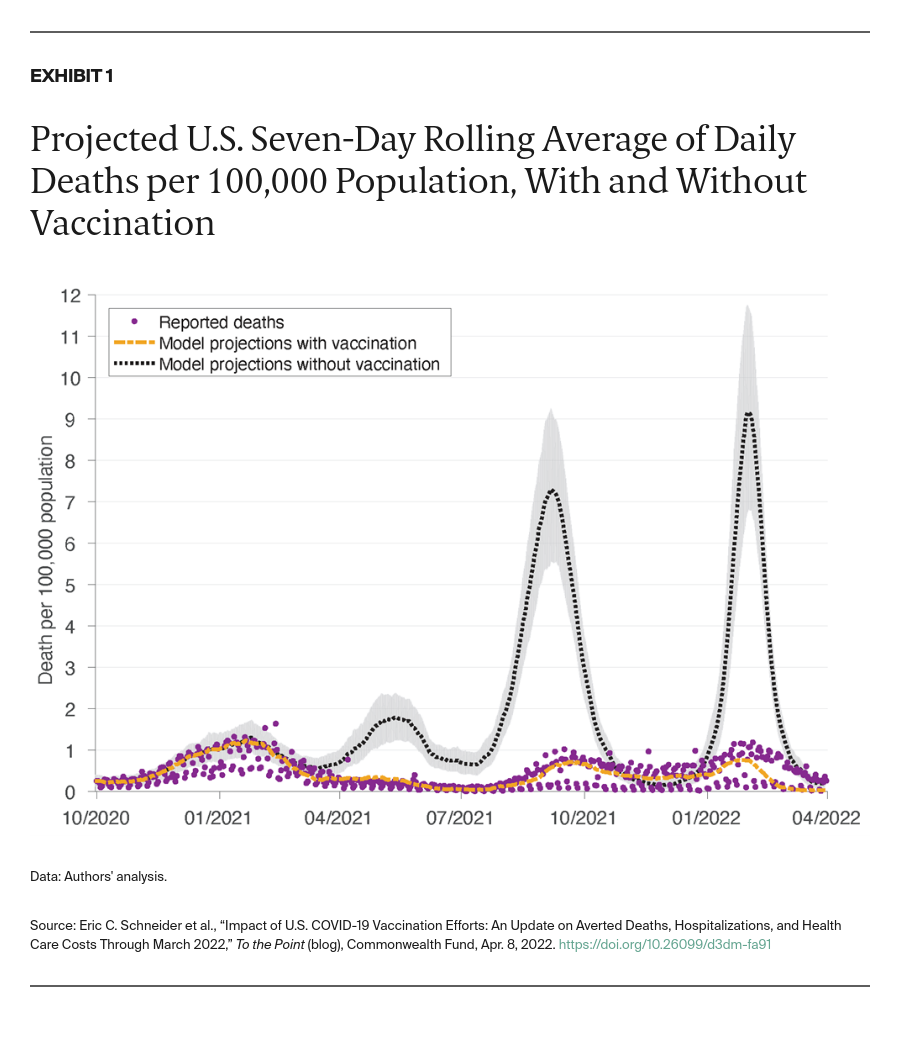The COVID-19 Vaccination Effort in the United States: Progress, Challenges, and Lessons Learned
It is with great enthusiasm that we investigate the compelling issue surrounding The COVID-19 Vaccination Effort in the United States: Progress, Challenges, and Lessons Learned. Together, we’ll weave thoughtful information and fresh perspectives.
Video about The COVID-19 Vaccination Effort in the United States: Progress, Challenges, and Lessons Learned
The COVID-19 Vaccination Effort in the United States: Progress, Challenges, and Lessons Learned

The COVID-19 pandemic, caused by the SARS-CoV-2 virus, has had a profound impact on the United States and the world. The rapid development and deployment of COVID-19 vaccines have been crucial in the fight against the pandemic, saving countless lives and mitigating the socio-economic consequences of the outbreak. This article provides an overview of the COVID-19 vaccination effort in the United States, highlighting the progress made, challenges faced, and lessons learned.
Early Response and Vaccine Development
In response to the pandemic, the United States government launched Operation Warp Speed (OWS) in May 2020, a public-private partnership aimed at accelerating the development, manufacturing, and distribution of COVID-19 vaccines. OWS brought together the National Institutes of Health (NIH), the Centers for Disease Control and Prevention (CDC), the Food and Drug Administration (FDA), and pharmaceutical companies to expedite the vaccine development process.
Multiple vaccine candidates were developed and tested in clinical trials, with several receiving Emergency Use Authorization (EUA) from the FDA. The first vaccine to receive EUA was the Pfizer-BioNTech vaccine in December 2020, followed by the Moderna vaccine in December 2020 and the Johnson & Johnson vaccine in February 2021. These vaccines have undergone rigorous testing, demonstrating high efficacy in preventing severe illness and hospitalization due to COVID-19.
Vaccination Rollout and Progress
The vaccination rollout in the United States began in mid-December 2020, with healthcare workers and long-term care facility residents among the first to receive the vaccine. The rollout was initially marred by logistical challenges, including limited vaccine supply, inadequate distribution infrastructure, and inconsistent vaccination policies across states.
Despite these challenges, the vaccination effort has made significant progress. As of March 2022, over 250 million doses of COVID-19 vaccine have been administered in the United States, with more than 70% of the eligible population receiving at least one dose. The vaccination campaign has helped reduce COVID-19-related hospitalizations and deaths, particularly among vulnerable populations such as older adults.
Challenges and Disparities
Despite the progress made, the COVID-19 vaccination effort in the United States has faced several challenges and disparities. These include:
- Vaccine hesitancy: A significant proportion of the population has expressed concerns about the safety and effectiveness of COVID-19 vaccines, with some individuals declining vaccination due to misinformation or mistrust of the healthcare system.
- Access disparities: Vaccination rates have been lower in certain communities, including low-income neighborhoods, rural areas, and communities of color. These disparities have been attributed to factors such as limited access to healthcare services, lack of transportation, and inadequate vaccination infrastructure.
- Distribution and logistics: The vaccination rollout has been impacted by logistical challenges, including limited vaccine supply, cold chain requirements, and inadequate distribution infrastructure.
Addressing Disparities and Improving Vaccination Rates
To address the disparities and improve vaccination rates, several strategies have been implemented:
- Targeted outreach and education: Public health officials and community organizations have launched targeted outreach and education campaigns to address vaccine hesitancy and promote vaccination among underserved populations.
- Vaccination sites and mobile clinics: Vaccination sites and mobile clinics have been established in underserved areas to increase access to COVID-19 vaccines.
- Partnerships and collaborations: Partnerships between public health agencies, community organizations, and healthcare providers have been formed to promote vaccination and address disparities.
Lessons Learned and Future Directions
The COVID-19 vaccination effort in the United States has provided valuable lessons that can inform future public health responses:
- Importance of preparedness and planning: The rapid development and deployment of COVID-19 vaccines demonstrate the importance of preparedness and planning in responding to public health emergencies.
- Role of partnerships and collaborations: The success of the vaccination effort highlights the critical role of partnerships and collaborations between public health agencies, community organizations, and healthcare providers.
- Addressing disparities and inequities: The COVID-19 pandemic has exacerbated existing health disparities and inequities. Addressing these issues is essential to promoting health equity and improving vaccination rates.
As the United States continues to navigate the COVID-19 pandemic, the vaccination effort remains a crucial component of the public health response. By learning from the successes and challenges of the past, we can refine our strategies to promote vaccination, address disparities, and protect the health and well-being of the American people.
Closure
Thus, we trust this article has given you important insights into The COVID-19 Vaccination Effort in the United States: Progress, Challenges, and Lessons Learned. We hope this content was both informative and helpful. Stay tuned for the next article!.